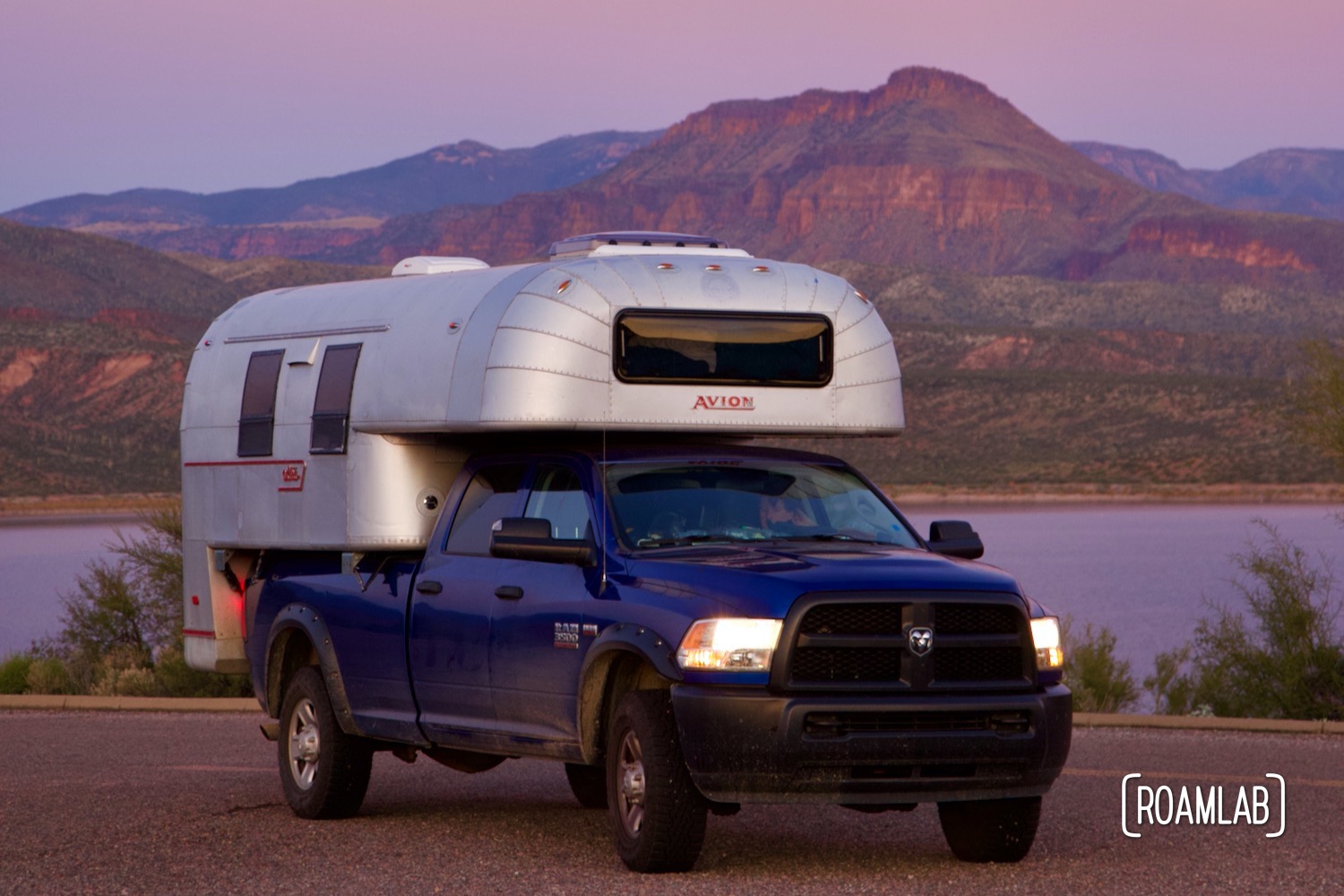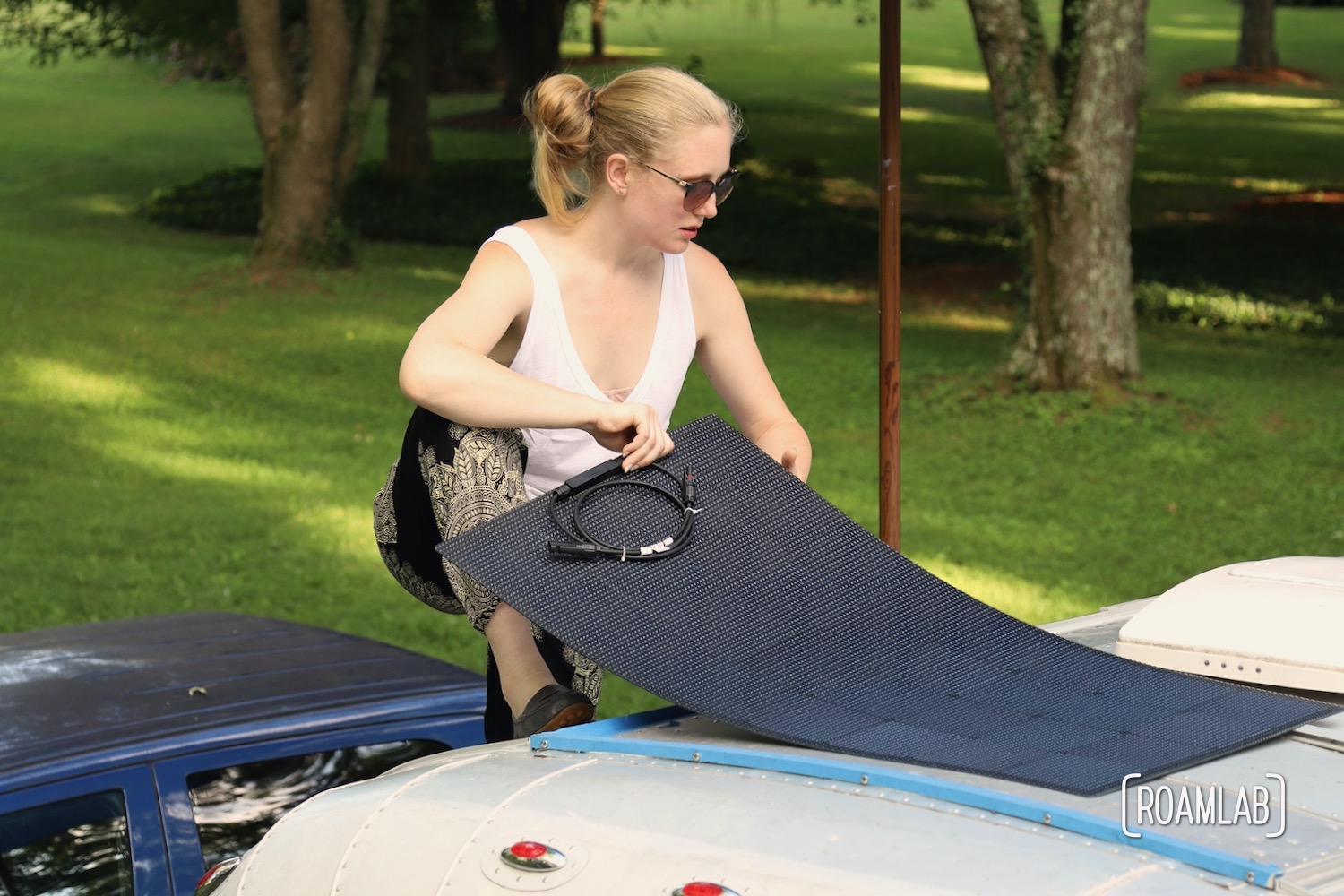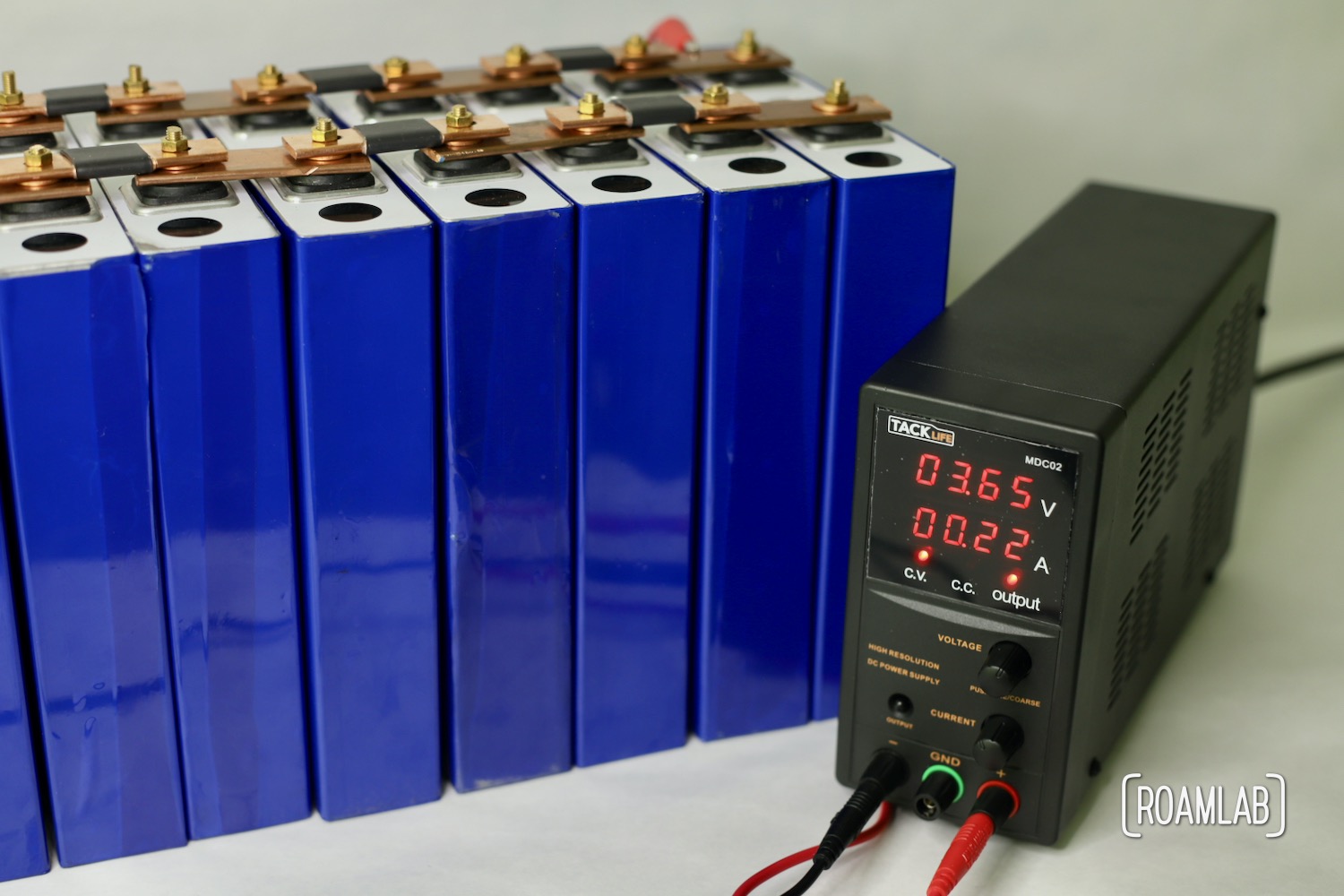
Best Camper Battery
Replacing an RV battery is one of the few mods that most any RV owner will have to tackle at some point. Most campers on the market come with batteries that have a 2-3 year life expectancy. So, at some point, they will need replacing. When the time comes, you have a choice: drop in a new battery of the same type, swap out a higher end battery with the same dimensions and ratings, or upgrade your system.
That isn’t to say that we all wait for the original batteries to give up the ghost before replacing them. An average 2020 RV will come with a 12-volt 100 amp hour (Ah) battery. Unless you spend most of your time in RV parks, you likely are familiar with that point when you realize that the original battery system just doesn’t get you very far. Maybe you want to use some fancy kitchen gadget or maybe you want to boondock. Whatever the reason, more is always better. The limitations are space and expense.
Since we are rebuilding our RV from the subfloor up, the question of batteries is wide open. We have stripped out all the original electrical system and are starting from scratch. Which can be a little daunting. But one thing we do know: we need a lot of reliable power to support our boondocking lifestyle while continuing our work as software developers. Fortunately, we are also obsessive researchers. So the first step in picking out the best camper battery is knowing your options.

Types of RV Batteries
There is a wide range of RV batteries to choose from. As technology has changed, so have our batteries. And while new options come to market, there is a reason to consider new and old side by side. To start with, however, we can break these battery types down into two large groups: lead acid and lithium.
Lead Acid Batteries
Lead acid batteries are the classic RV battery type. They have owned the RV industry for decades and continue to offer a price conscious option when powering your rig. On the other hand, this whole category of battery comes with its down sides. Compared with their lithium competitors, lead acid batteries are heavy. And, when it comes to RV rigs, every pound matters. Moreover, lead acid batteries are rather misleading in their labeling. A 12V lead acid battery may be rated for 100 amp hours (aH) but you can only drain a fraction of those 100 amps before you risk permanently damaging the batteries.
All the same, lead acid batteries remain the default option for most RVs. There are several major lead acid subcategories that you will likely come across while researching: wet cell batteries, gel cell batteries, and absorbent glass mat batteries.
Wet Cell Batteries
Our Avion came equipped with one of the most common RV batteries on the market: a wet cell battery. Wet cell batteries are one of the cheapest RV battery options, but they have a lot of downsides. Anyone with a rig designed for lead acid batteries will notice that their battery box has vents to the outside. This is because lead acid batteries off gas and can be explosive in a closed space like an RV. Furthermore, as the name suggests, wet cell batteries need to stay wet. It’s important to maintain the proper chemistry in the cell by regularly topping off the water. So, wet cell batteries are often an entry level battery that quickly gets swapped out for safer and lower maintenance alternatives.
Gel Cell Batteries
Gel cell batteries are considered the “no maintenance” equivalent of the wet cell batteries. While they do not require the same maintenance as wet cells, that is a compromise made on life span. A well maintained wet cell battery will have a longer lifespan than its gel equivalent. So the best choice between the two comes down to the reliability of the owner. Regardless of maintenance, it is worth noting that gel cells also off-gas and require ventilation.
Absorbent Glass Mat (AGM) Batteries
Given all the downsides, you might think lead acid batteries are a “no go.” There is one offering, however, that has been the mainstay of RV batteries for years: the absorbent glass mat batteries better known by the acronym AGM. AGMs solve many of the problems of other lead acid batteries. Primarily, while AGM batteries do off-gas like wet and gel cell batteries, the rate of off-gassing is so low as to not require venting. Better yet, AGMs charge faster than wet or gel cell batteries thanks to their lower resistance levels so less energy is converted to heat. On the testimonial side, owners have found that their AGMs last longer than past wet or gel cell batteries. Though, how much of that can be attributed to poor battery maintenance of non-AGM batteries is anyone’s guess. Of course, there is a catch: AGMs are much more expensive than other lead acid options. But given all the benefits, AGMs are a common upgrade for RV owners.
True Deep Cycle
For those shopping for an AGM, wet, or gel cell battery, it is important to buy a true deep cycle battery. Lead acid batteries designed to start a truck prioritize fast discharge over the repetitive discharge. Deep cycle batteries, on the other hand, withstand repetitive discharges up to 80 percent more than the others.
Lithium Batteries
Three years ago, when we started researching batteries for our camper, we did not even consider lithium batteries. At the time, they were a frill for luxury rigs and far outside the price point for any affordably built rig. Fortunately, we have taken our time on this build and what didn’t seem worth any consideration in 2017 is now a serious contender for any RV build. Compared to an AGM, and correcting for life expectancy, the lithium battery is pretty much an equivalent (if not cheaper) cost, simply requiring a higher initial outlay of funds but for a longer life expectancy.
With that initial investment, you get a lot of benefits. Lithium batteries are dramatically lighter weight than their lead acid counterparts. They also boast a better capacity, allowing users to discharge a far larger percentage of the whole without damaging the battery than with a lead acid. All this, and some “drop in replacement” lithium batteries require very little consideration when swapping them with a lead acid battery. While the design results in slightly different voltages, lithium still works with a standard 12-volt RV system.
There are downsides to lithium batteries. Lithium batteries generally cannot be charged in freezing temperatures whereas most lead acid batteries can still take a charge down -4 degrees Fahrenheit. So it’s important to keep them in a compartment with some temperature control. Too much discharge still can still damage the battery. And some popular lithium batteries such as LiPo and Lithium Cobalt Oxide batteries are not safe to sleep next to so are not good choices for an RV.
Lithium Iron Phosphate (LiFePO4)
As the AGM is to lead acid batteries, the LiFePO4 is to lithium batteries. LiFePO4 batteries are the safest of the currently available lithium batteries for camping. That safety comes at a higher price than other lithium batteries but worth the cost considering the explosive alternative. Like other lithium batteries, it is lighter, with more capacity and cycles than lead acid batteries. It operates in a narrow temperature range and can be damaged by over discharging. Even so, the LiFePO4 is becoming a popular choice for build where reliability and longevity are key.
| Battery Chemistry | Pros | Cons |
|---|---|---|
| Wet Cell Lead Acid |
|
|
| Gel Cell Lead Acid |
|
|
| Absorbent Glass Mat (AGM) Lead Acid |
|
|
| LiFePO4 Lithium |
|
|
So, Which Battery Is Best?
In the end, I would argue that there really are only two serious contenders for RV batteries: the AGM and the Lifepo4. They are both the safest and most reliable choices out there. A year or two ago, I would have chosen an AGM. For short term, experimental purposes, I can still see it being the better option. We actually have an AGM for our truck battery. But the needs of our truck are not the same as the needs of our home on wheels. As cost, capacity, weight, and lifespan are considered, the Lifepo4 is our choice of the best RV battery.
Next up: it’s time to buy our battery.






